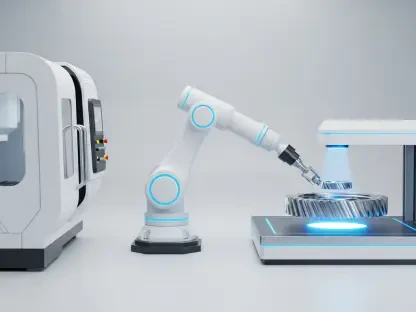The global Pharmaceutical Cleaning Validation market is experiencing significant growth, projected to reach an impressive USD 28.40 billion by 2030. With a compound annual growth rate (CAGR) of 6.7% from 2024 to 2030, this market expansion underscores the critical importance of ensuring drug safety in pharmaceutical manufacturing. Companies within the industry are doubling down on research and development efforts, driven by a focus on monitoring residues, impurities, and other potential contaminants to prevent cross-contamination. These endeavors are further bolstered by several scientific breakthroughs that are aiding drug discovery and development processes.
The regulatory landscape is also playing a pivotal role in this market’s growth, particularly with the U.S. Food and Drug Administration (FDA) adopting more pragmatic approaches to regulation. This regulatory flexibility has been instrumental in accelerating the production of therapeutics and lifesaving medicines. Both the U.S. FDA and the European Medicines Agency (EMA) are at the forefront of establishing and periodically updating cleaning validation standards. Particularly notable is the EMA’s pioneering work in developing risk-based cleaning validation standards. Additionally, the Pharmaceutical Inspection Co-operation Scheme (PIC/S) has introduced new guidelines focusing on Health-Based Exposure Limits (HBEL) for shared manufacturing facilities, further ensuring the stringent regulation of cleaning processes.
Industry Initiatives and Future Prospects
The global Pharmaceutical Cleaning Validation market is experiencing notable growth, projected to reach USD 28.40 billion by 2030 with a CAGR of 6.7% from 2024 to 2030. This growth highlights the essential need for drug safety in pharmaceutical manufacturing. Companies in this sector are intensifying their research and development, focusing on monitoring residues, impurities, and contaminants to prevent cross-contamination. These efforts are supported by numerous scientific breakthroughs aiding drug discovery and development.
Regulatory bodies significantly influence this market’s expansion. The U.S. Food and Drug Administration (FDA) has adopted more pragmatic regulatory approaches, speeding up the production of therapeutics and lifesaving medicines. Both the FDA and the European Medicines Agency (EMA) are leading in creating and updating cleaning validation standards, with the EMA pioneering risk-based standards. Moreover, the Pharmaceutical Inspection Co-operation Scheme (PIC/S) has introduced new guidelines on Health-Based Exposure Limits (HBEL) for shared manufacturing facilities, ensuring rigorous regulation of cleaning processes.









